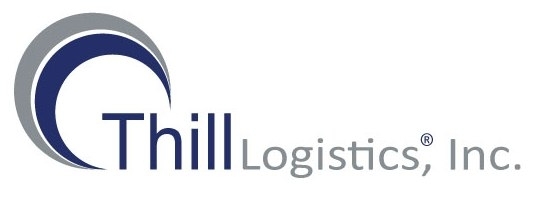 When you start spending time being truly involved in social media, you start to form your ideas and opinions on who you see is doing it “right” and who is doing it “wrong”.
When you start spending time being truly involved in social media, you start to form your ideas and opinions on who you see is doing it “right” and who is doing it “wrong”.
Each individual user will have his or her limits of how much of the wrong they will accept seeing before they unfriend, unfollow etc. A certain amount of forgiveness is allowed, however, there are limits of how much wrong a business can get away with before it hits social crisis level.
When does a mistake become a crisis?
Something becomes a crisis when the originally caused offense is so bad that the social media community picks it up and shares it. Often people share items as examples of “Don’t ever do this thing” and these mistakes go viral.
This past week has seen some examples of what I feel constitute a crisis.
A British clothing company Celeb Boutique (well, not the company, the company it outsourced to do it’s social media for them) posted a Tweet using a trending topic hashtag as a celebration of a clothing item it sold. They did this without doing any research about why #Aurora was trending. In America, we know this was trending due to the tragic shooting in Colorado. This mistake was 100% preventable. All the agency had to do was search the hashtag on Twitter to see what other people were saying.
Chick-fil-A has also come under fire for creating fake Facebook profiles to counteract and respond negative comments on its page. Dealing with the negative on social media is important, but so is the way you deal with it. Fake profiles are easy to spot and this type of action only sinks a brand deeper into trouble.
How do you avoid a social crisis?
PREPARATION – You need to know what to do if and when something does happen. It is better to be over prepared than under. Write a crisis plan so you know what to do when the social hits the fan.
LISTENING – Pay attention! Seeing an issue and being able to stop it before it spreads is one way of stopping things from getting out of control.
STOP. THINK. ACT – Let’s say that when you were out listening you saw an issue. Before you get into attack mode – stop. Stop and think before you react to something emotionally. Think about what would be the best way to react to the situation at hand (refer back to your crisis plan). When you act quickly and responsibly, you are likely to turn that bad situation around.
THINK TWICE – So important is thinking that it needs to be listed twice. In the world of social media, reactions are instant. Take that extra moment to see why a hashtag is trending before you use it. Feel like a Facebook post might be inflammatory? Don’t post it.
These seemingly small actions are your best defense against creating your own crisis.

